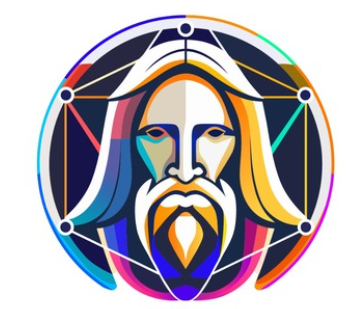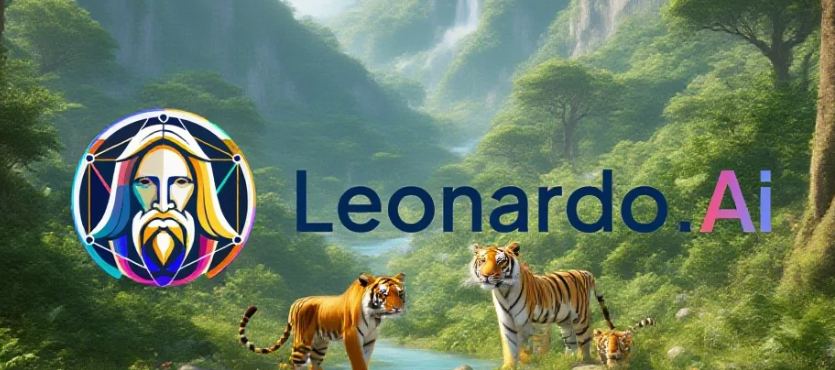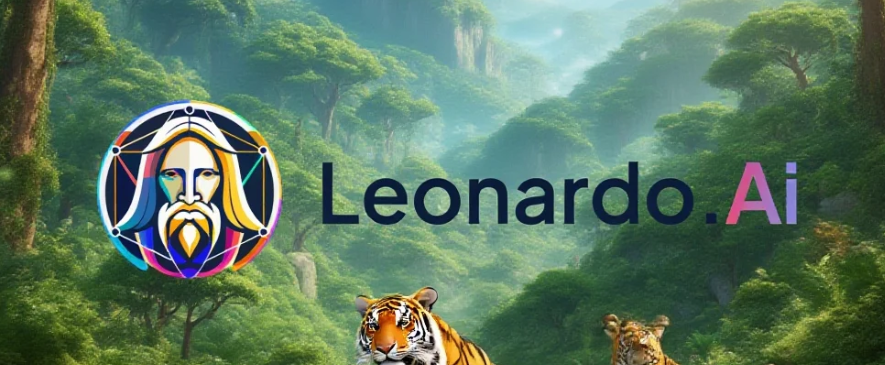Creating stunning AI art for YouTube content has never been easier with Leonardo AI. This comprehensive guide covers everything from basic setup to advanced techniques for generating eye-catching thumbnails, video backgrounds, and promotional materials that will boost your channel's visual appeal and engagement rates.

Getting Started with Leonardo AI for YouTube Creators
Leonardo AI is a game-changer for YouTube creators who want professional-looking visuals without breaking the bank. Unlike expensive design software or hiring graphic designers, this AI-powered platform lets you create stunning artwork in minutes. Think of it as having a personal art studio that never sleeps and costs a fraction of traditional methods.
The platform offers both free and premium tiers, making it accessible for creators at any level. The free version gives you enough credits to experiment and create basic content, while the premium subscription unlocks advanced features like higher resolution outputs and faster generation speeds.
Why YouTube Creators Love Leonardo AI
YouTube is all about visual storytelling, and Leonardo AI YouTube integration has become essential for modern content creators. The platform excels at generating consistent character designs, creating series of related images, and producing high-quality thumbnails that actually get clicks.
What sets Leonardo AI apart is its ability to maintain visual consistency across multiple images. This is crucial for YouTube creators who need cohesive branding across their channel. You can create a character or style once and then generate variations for different videos while maintaining that recognisable look.
Step-by-Step Tutorial: Creating YouTube Thumbnails
Step 1: Setting Up Your Leonardo AI Account
Head to Leonardo AI's website and create your account. The registration process is straightforward – you'll need an email address and can sign up using Google or Discord for convenience. Once registered, you'll receive free credits to start experimenting with the platform.
After logging in, take a moment to explore the dashboard. The interface is clean and intuitive, with the main generation panel prominently displayed. You'll see options for different AI models, each optimised for specific types of content creation.
Step 2: Choosing the Right AI Model
For YouTube thumbnail creation, select models like "Leonardo Diffusion XL" or "SDXL 0.9" which excel at creating detailed, high-resolution images. These models are particularly good at generating realistic faces and dramatic lighting effects that work well for thumbnails.
If you're creating more stylised content, consider using "Leonardo Creative" or "3D Animation Style" models. These are perfect for gaming channels, tech reviews, or educational content where you want a more illustrated look.
Step 3: Crafting Effective Prompts
The secret to great Leonardo AI results lies in well-crafted prompts. For YouTube thumbnails, be specific about emotions, lighting, and composition. Instead of "person looking surprised," try "young adult with wide eyes and open mouth, dramatic lighting, colourful background, high contrast."
Include technical specifications in your prompts: "16:9 aspect ratio, high resolution, vibrant colours, professional photography style." This ensures your generated images will work perfectly as YouTube thumbnails without additional cropping or formatting.
Step 4: Using Negative Prompts Effectively
Negative prompts are equally important for YouTube content creation. Common negative prompts for thumbnails include "blurry, low quality, dark, boring, text, watermark, signature." This helps the AI avoid generating elements that would make your thumbnail less effective.
For face-focused thumbnails, add negative prompts like "closed eyes, looking away, multiple faces, distorted features" to ensure you get engaging, direct eye contact that draws viewers in.
Step 5: Fine-Tuning and Iteration
Don't expect perfect results on your first try. Leonardo AI YouTube workflow involves iteration and refinement. Generate multiple variations of your concept, then use the "Image to Image" feature to refine the best results.
Use the guidance scale settings to control how closely the AI follows your prompt. Higher values (7-15) give more literal interpretations, while lower values (3-7) allow for more creative freedom. For thumbnails, moderate guidance (8-12) usually works best.
Advanced Techniques for YouTube Content
Creating Consistent Character Designs
For channels with recurring characters or mascots, Leonardo AI offers character consistency features. Upload a reference image of your character, then use it as a base for generating new poses and expressions. This maintains brand consistency across your entire channel.
The ControlNet features allow you to specify exact poses and compositions, perfect for creating series thumbnails or maintaining character positioning across multiple videos.
Background and Scene Generation
Beyond thumbnails, Leonardo AI YouTube creators use the platform for generating video backgrounds, intro sequences, and promotional materials. The platform excels at creating atmospheric scenes, futuristic environments, and abstract backgrounds that work well for various content types.
For educational channels, generate clean, professional backgrounds with subtle textures. Gaming channels can create epic fantasy or sci-fi environments, while lifestyle channels might prefer bright, modern settings.
Monetising Your Leonardo AI Skills
Offering Thumbnail Design Services
Many YouTube creators struggle with visual design, creating an opportunity for AI-savvy designers. You can offer thumbnail creation services using Leonardo AI, significantly reducing your time investment while maintaining high quality output.
Start by creating a portfolio showcasing different styles and niches. Demonstrate your ability to create thumbnails for gaming, education, lifestyle, and business channels. This versatility will attract more clients and higher rates.
Creating Digital Products
Use Leonardo AI to create digital products like thumbnail templates, background packs, or character design collections. These can be sold on platforms like Etsy, Gumroad, or your own website, creating passive income streams.
Common Mistakes to Avoid
Over-Complicating Prompts
New users often create overly complex prompts thinking more detail equals better results. In reality, Leonardo AI works best with clear, concise descriptions that focus on the most important elements. Keep prompts under 100 words for optimal results.
Ignoring Aspect Ratios
Always specify the correct aspect ratio for your intended use. YouTube thumbnails work best at 16:9 ratio, while Instagram posts need 1:1. Generating in the wrong ratio means additional cropping and potential quality loss.
Frequently Asked Questions
Can I use Leonardo AI images commercially on YouTube?
Leonardo AI allows commercial use of generated images under their terms of service. This includes using images for YouTube thumbnails, video content, and monetised channels. However, always check the current terms as policies can change.
How many images can I generate with the free plan?
The free plan provides 150 credits daily, with each image generation typically costing 1-4 credits depending on the model and settings used. This allows for approximately 30-150 images per day, sufficient for most YouTube creators' needs.
What's the best resolution for YouTube thumbnails?
YouTube recommends 1280x720 pixels for thumbnails, which Leonardo AI can generate directly. Always use high-resolution settings to ensure your thumbnails look crisp across all devices and screen sizes.
Can Leonardo AI create animated content?
Currently, Leonardo AI focuses on static image generation. For animated thumbnails or video content, you'll need to use the generated images in video editing software like After Effects or Premiere Pro to create motion graphics.
How do I avoid copyright issues with AI-generated content?
AI-generated content from Leonardo AI is original and doesn't infringe on existing copyrights. However, avoid using prompts that reference specific copyrighted characters, brands, or artworks. Create original concepts inspired by styles rather than copying existing intellectual property.
Leonardo AI YouTube integration represents the future of content creation, democratising high-quality visual design for creators worldwide. By mastering these techniques and avoiding common pitfalls, you'll create compelling thumbnails and visual content that drives engagement and grows your channel. The key is consistent practice and experimentation – the more you use the platform, the better your results will become.








